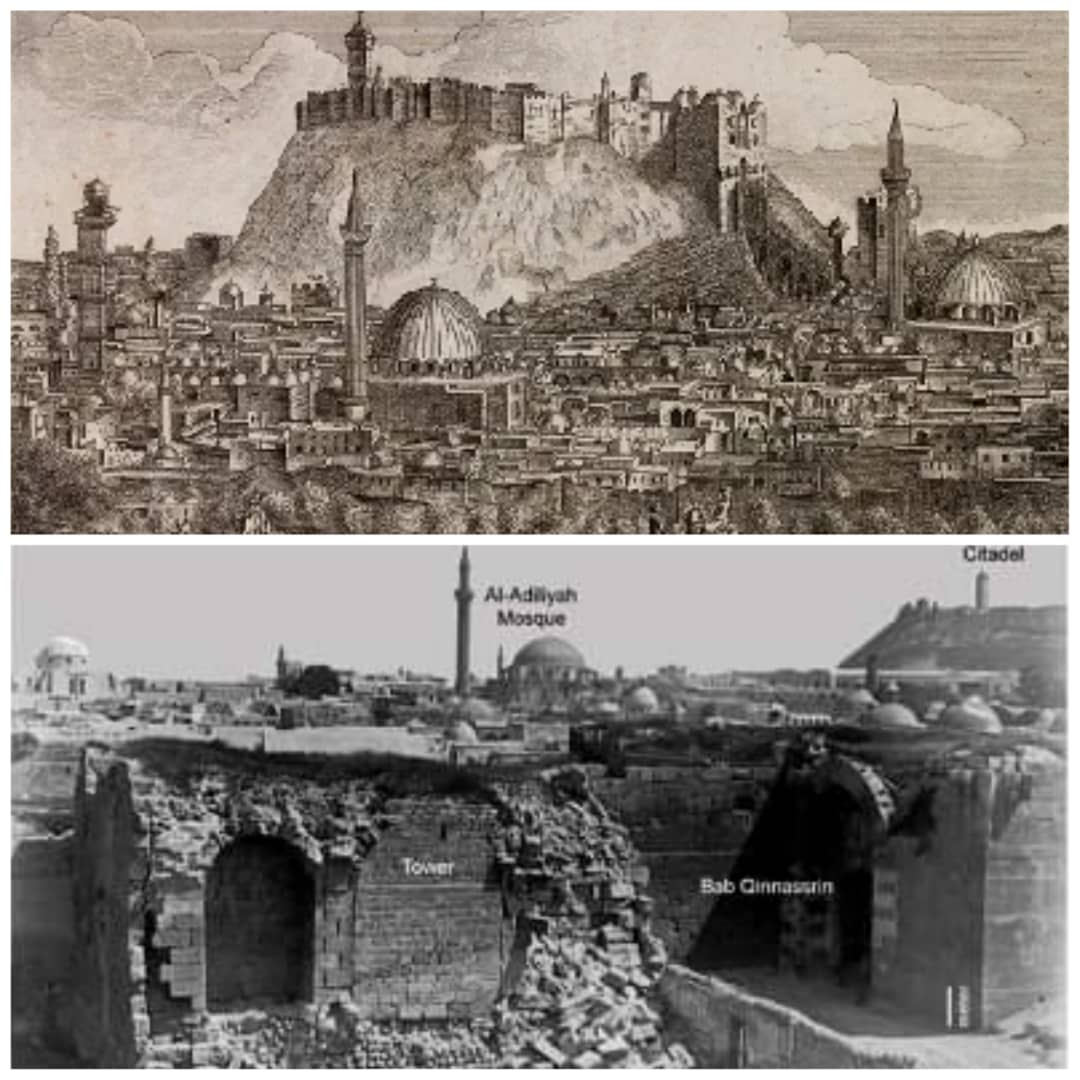“It takes an earthquake to remind us that we walk on the crust of an unfinished planet.”— Charles Kuralt, an American author and journalist. An earthquake that takes only few seconds every 5 centuries might shake all our deeply rooted convictions about everything. Our own existence is so fragile on this shaky scrappy earth!
Yet natural calamities are not exceptional phenomenon, neither earthquakes. The Earth is an active place and earthquakes are always happening somewhere. In fact, the National Earthquake Information Center locates approximately 12,000-14,000 earthquakes each year!
This fact sheet shows information on the frequency of earthquakes of various magnitudes, along with details on earthquake effects and equivalent energy release. On average, earthquakes of magnitude 2 and smaller occur hundreds of times a day around the world. Large earthquakes, greater than magnitude 7, occur more than once a month. “Great earthquakes”, magnitude 8 and higher, occur about once a year.
Nonetheless, surviving an earthquake in a certain place on this shaky crust is far more intense experience than knowing that one has affected this same spot centuries ago. Yet, knowledge and examination of such past disasters might at least make people more aware of their own future and might at least make them take actual precautionary procedures, like constructing a new urban city in line with anti-seismic building codes; which might make major transformations on urban forms of a city, why not if it has already changed its inhabitants life forever.
From the 12th century up to recently, Turkey and Syria have been the scene to more than 20 disastrous earthquakes with an estimated magnitude of 7.0 or more, according to geologists. The huge earthquake of 1138: Aleppo, Syria; was the first of many to devastate areas of northern Syria and western Turkey between 1138 and 1139.
The earthquake which struck Syria’s Aleppo on 11 October 1138 was one of the worst earthquakes in history. The disaster is believed to have killed around 230,000 people, according to the 15th-century Egyptian-Islamic historian, Ibn Taghribirdi.
One of the deadliest earthquakes in history that hit Aleppo with a magnitude of 8.5, is ranked by the United States Geological Survey as the fourth most calamitous, following the Shaanxi earthquake in 1556, the 2004 tsunami, and the Tangshan earthquake of 1976.
It occurred in an area of northern Syria lying between the Arabian and African tectonic plates. Aleppo’s citadel completely collapsed, while a Muslim fort at al-Atarib (now part of modern-day Aleppo province) was also levelled, killing 600 of the city’s guards.
At the time, Aleppo was subject to upheavals due to battles between Muslim forces and Crusaders. The Crusader Citadel at nearby Harem, which lies in the modern-day Idlib province of Syria, was flattened.
700 years later, in the night of August 13, 1822, Aleppo was hit by a second deadly earthquake, whose magnitude reached 7.0. The earthquake lasted only 10- 12 seconds, but claimed at least 30.000 lives, and injured around 100.000 people. The cities of Manbij and Afrin were reportedly destroyed by the earthquake.
Dr. Stefan Knost, who is working on the history of Ottoman Aleppo; as a researcher at the Center for Interdisciplinary Area Studies at Martin-Luther-Universität Halle-Wittenberg explains in his book, “Living with Disaster: Aleppo and the Earthquake of 1822” that to overcome the results of one of the major disasters in the city’s history—the earthquake of 1822—the inhabitants of Aleppo employed different short- and long-term strategies that profoundly transformed the urban space.
The disaster accelerated and even shaped urban transformations already underway and thus became part of the urban history that is still visible in Aleppo’s old city today. One of the immediate strategies to cope with the destruction—settling in wooden structures outside the old walled city—became a relatively long-lasting solution and resulted in the foundation of a new ghetto-like neighbourhood to accommodate the city’s foreigners of mostly European origin. The hybrid character of this new neighbourhood transcends more “traditional” patterns of social organization in bringing together people from different origins. Other results accelerated and facilitated transformations that had already been underway for some time, like the concentration of real estate in the hands of wealthy and powerful individuals and families.
This can be seen in the “transcultural” redecoration of the apartments in the big khāns in the central market district by Italian Jewish families in a European fashion at the time.
Damascus is no exception, and has been affected by many severe earthquakes throughout history. On November 24, 847, Damascus was hit by a powerful earthquake. Studies have later revealed that it was one in a chain of earthquakes that extended from Antioch in the north, Damascus in the west, up to Mosul in the far east.
About 20.000 people were said to have died in Antioch and 50.000 in Mosul. Figures for Damascus were not reported. Geologists have deemed it the strongest to have ever hit the Dead Sea Transform (fault line). Historian Ibn Budayr says Damascus was hit by a series of earthquakes that left thousands dead, not to mention the damage caused to buildings.
To sum up, lessons learned of past devastating disasters, Syrians should be aware to their responsibilities towards their cities, which are already on the list of the cultural world heritage, and oldest inhabited ones like Damascus and Aleppo. There should be strict building codes in regards of anti-seismic construction. Taking advantage of the war aftermath, since so many towns and villages are almost totally ruined, so why not beginning from scratch… an art all Syrians have mastered throughout those war years.
Lama Alhassanieh

